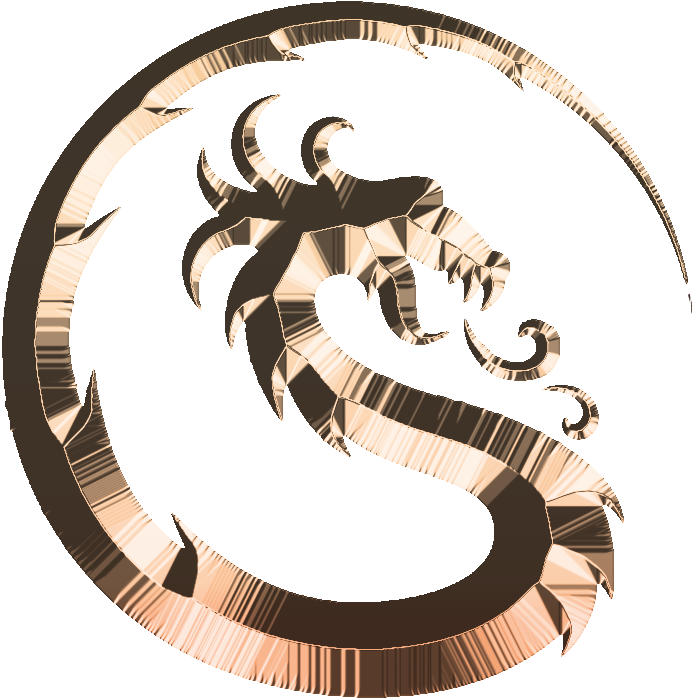On a long plane ride back from Africa, I had the chance to finish Camelot by Giles Kristian. This completes my journey through his trilogy of historically based Arthurian novels, even though I read them out of order—mistakenly beginning with Arthur. All three were excellent, and I’m honestly torn about which of them is my favorite.
Camelot is told from the point of view of Lancelot’s son, Galahad. The prologue begins immediately after Lancelot and actually completes that story, which ends on a bit of a cliffhanger. Then it skips ahead several years to Galahad as a young adult, living as a novice in a small monastery at the foot of Glastonbury Tor. Raised a Christian, Galahad is intent on taking his vows and devoting his life to protecting the Holy Thorn, a sacred bush said to have sprouted from the staff of Joseph of Arimathea.
Galahad’s world changes, however, when he travels at night to a nearby village to complete a task for the monks and encounters a band of Saxons. He is saved by Iselle, a fierce young woman his own age who is deadly with a bow and whose hatred of the Saxons is matched only by her love for Britain and its old gods. Iselle becomes one of the most intriguing, likable, and important characters in the story, and Kristian makes her a brilliant addition to the traditional Arthurian mythos.
The plot thickens further when Gawain arrives to retrieve Galahad for a higher purpose. Both Galahad and his fellow monks refuse, but another Saxon attack changes everything. Soon, Galahad and Iselle join Gawain and a band of Arthur’s old warriors on a quest that will bring them face to face with Arthur, Merlin, Guinevere, and Kristian’s version of the Holy Grail.
The reimagining of the Grail Quest, along with other classic elements of Arthurian myth—such as Gawain and the Green Knight—makes this one of my favorite takes on the tale. Here, the Grail is not a Christian relic but rather the Cauldron of Annwn, one of the legendary Thirteen Treasures of Britain. The quest to retrieve it on the Isle of the Dead is one of the novel’s best sequences.
Also compelling is Galahad’s transformation from novice monk to skilled warrior. As Lancelot’s son, he is a natural-born fighter, destined to be as great as his father. Lancelot is considered the greatest warrior who ever lived, and much of Galahad’s arc involves stepping out of his father’s shadow and learning to forge his own path. Intertwined with his journey is his love for Iselle, whose backstory provides one of the novel’s biggest twists.
The action scenes and battles in Camelot are among the best in the trilogy. The final battle—against the sons and daughter of Mordred (who died at the Battle of Camlann), and their grandmother, Morgana, who has allied with the Saxon king—would make Bernard Cornwell proud. It is the longest, most visceral, and most thrilling large-scale conflict in the series, and it caps off the novel in spectacular fashion.
My one recommendation to new readers is to read the books in the proper order. While each novel stands on its own, the ending of Arthur carries far more emotional weight after finishing Camelot. Arthur is the perfect conclusion to the trilogy—just as the author intended.
Overall, I found this series to be the equal of Bernard Cornwell’s Warlord Chronicles. Kristian acknowledges that Cornwell’s trilogy inspired his own, but his interpretation of the Arthurian myth is so distinct that both series are well worth reading.

